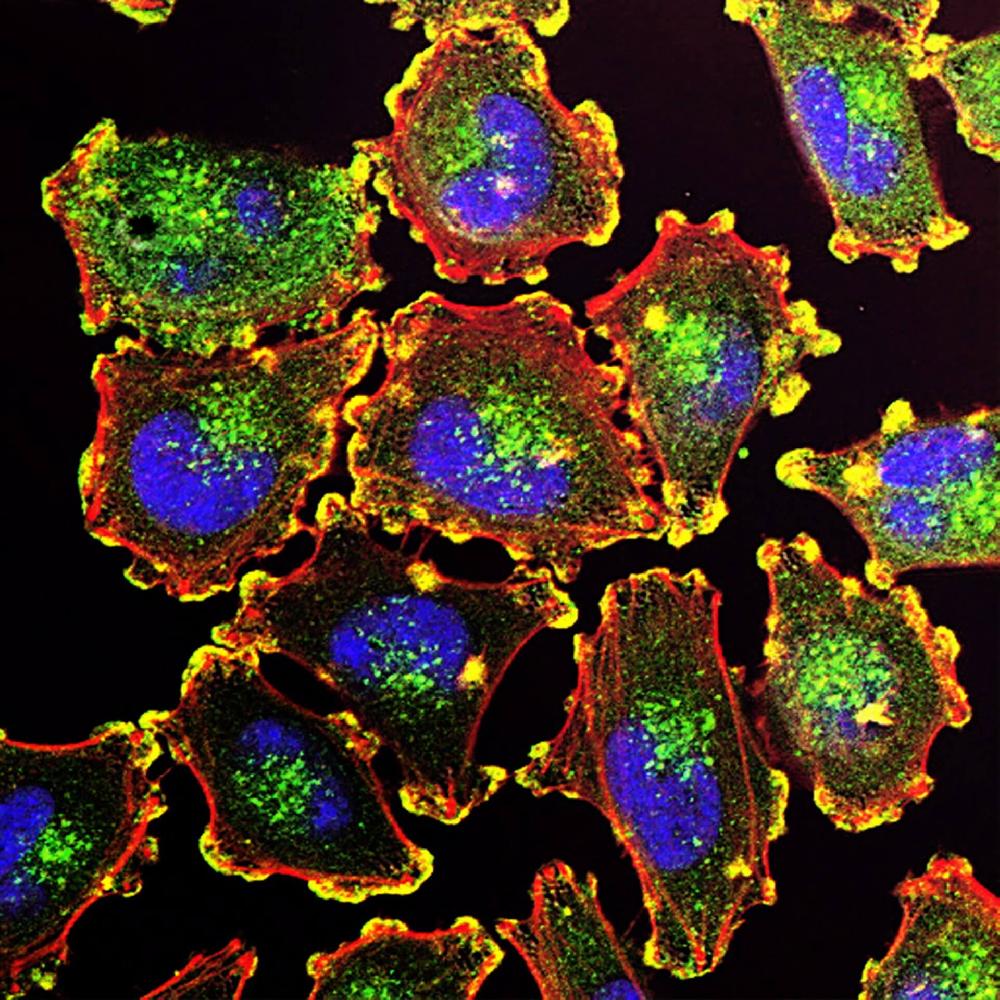This website uses cookies to ensure you get the best experience on our website.
- Table of Contents

Facts about DNA repair protein complementing XP-C cells.

Has a preference to bind DNA comprising a short single-stranded segment but to not damaged oligonucleotides. This feature is suggested to be connected to a dynamic sensor function: XPC can rapidly screen duplex DNA for non-hydrogen-bonded foundations by forming a transient nucleoprotein intermediate complicated which evolves into a steady recognition complex through an intrinsic single-stranded DNA- binding activity.
| Human | |
|---|---|
| Gene Name: | XPC |
| Uniprot: | Q01831 |
| Entrez: | 7508 |

| Belongs to: |
|---|
| XPC family |

complementation group C; p125; RAD4; Xeroderma pigmentosum group C-complementing protein; xeroderma pigmentosum, complementation group C; XP3; XPCCDNA repair protein complementing XP-C cells
Mass (kDA):
105.953 kDA

| Human | |
|---|---|
| Location: | 3p25.1 |
| Sequence: | 3; NC_000003.12 (14145145..14178672, complement) |
Nucleus. Chromosome. Cytoplasm. Omnipresent in the nucleus and consistently associates with and dissociates from DNA in the absence of DNA damage (PubMed:18682493). Continuously shuttles between the cytoplasm and the nucleus, which is impeded by the presence of NER lesions (PubMed:18682493).





PMID: 8168482 by Masutani C., et al. Purification and cloning of a nucleotide excision repair complex involving the Xeroderma pigmentosum group C protein and a human homologue of yeast RAD23.
PMID: 12177305 by Khan S.G., et al. The human XPC DNA repair gene: arrangement, splice site information content and influence of a single nucleotide polymorphism in a splice acceptor site on alternative splicing and function.